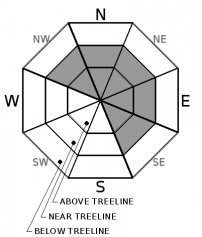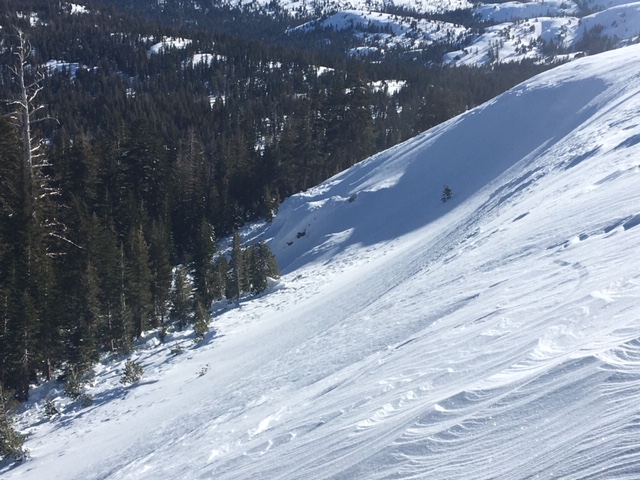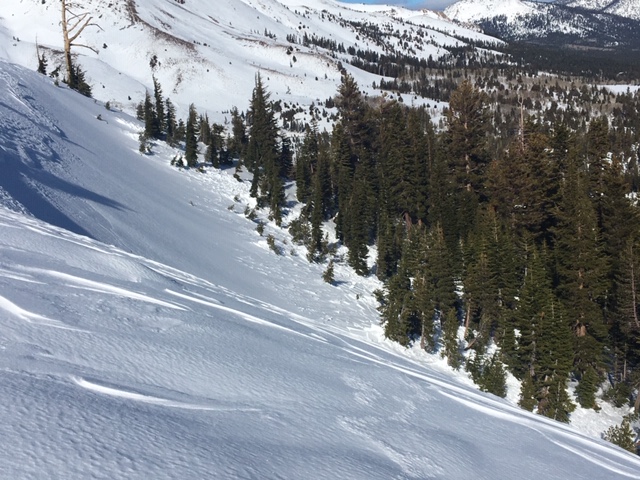| Friday | Friday Night | Saturday | |
|---|---|---|---|
| Weather: | Mostly cloudy then becoming partly cloudy. Snow levels 7000 feet. Chance of precipitation is 0%. | Partly cloudy. Snow levels below 7000 feet. Chance of precipitation is 0%. | Sunny. Snow levels below 7000 feet. Chance of precipitation is 0%. |
| Temperatures: | 39 to 44. deg. F. | 27 to 32. deg. F. | 38 to 43. deg. F. |
| Mid Slope Winds: | Southwest 15 to 20 mph. Gusts up to 45 mph increasing to 55 mph in the afternoon. | Southwest 15 to 20 mph increasing to 20 to 30 mph after midnight. Gusts up to 65 mph. | Southwest 20 to 30 mph with gusts to 80 mph. |
| Expected snowfall: | No accumulation. | SWE = none. | No accumulation. | SWE = none. | No accumulation. | SWE = none. |
| Friday | Friday Night | Saturday | |
|---|---|---|---|
| Weather: | Partly cloudy. Snow levels below 7000 feet increasing to 7000 feet in the afternoon. Chance of precipitation is 0%. | Partly cloudy. Snow levels below 7000 feet. Chance of precipitation is 0%. | Sunny. Snow levels below 7000 feet. Chance of precipitation is 0%. |
| Temperatures: | 35 to 40. deg. F. | 25 to 30. deg. F. | 34 to 39. deg. F. |
| Ridge Top Winds: | Southwest 25 to 35 mph with gusts to 60 mph increasing to 30 to 45 mph with gusts to 80 mph in the afternoon. | Southwest 35 to 55 mph with gusts to 90 mph. | South 35 to 55 mph with gusts to 95 mph. |
| Expected snowfall: | No accumulation. | SWE = none. | No accumulation. | SWE = none. | No accumulation. | SWE = none. |



























